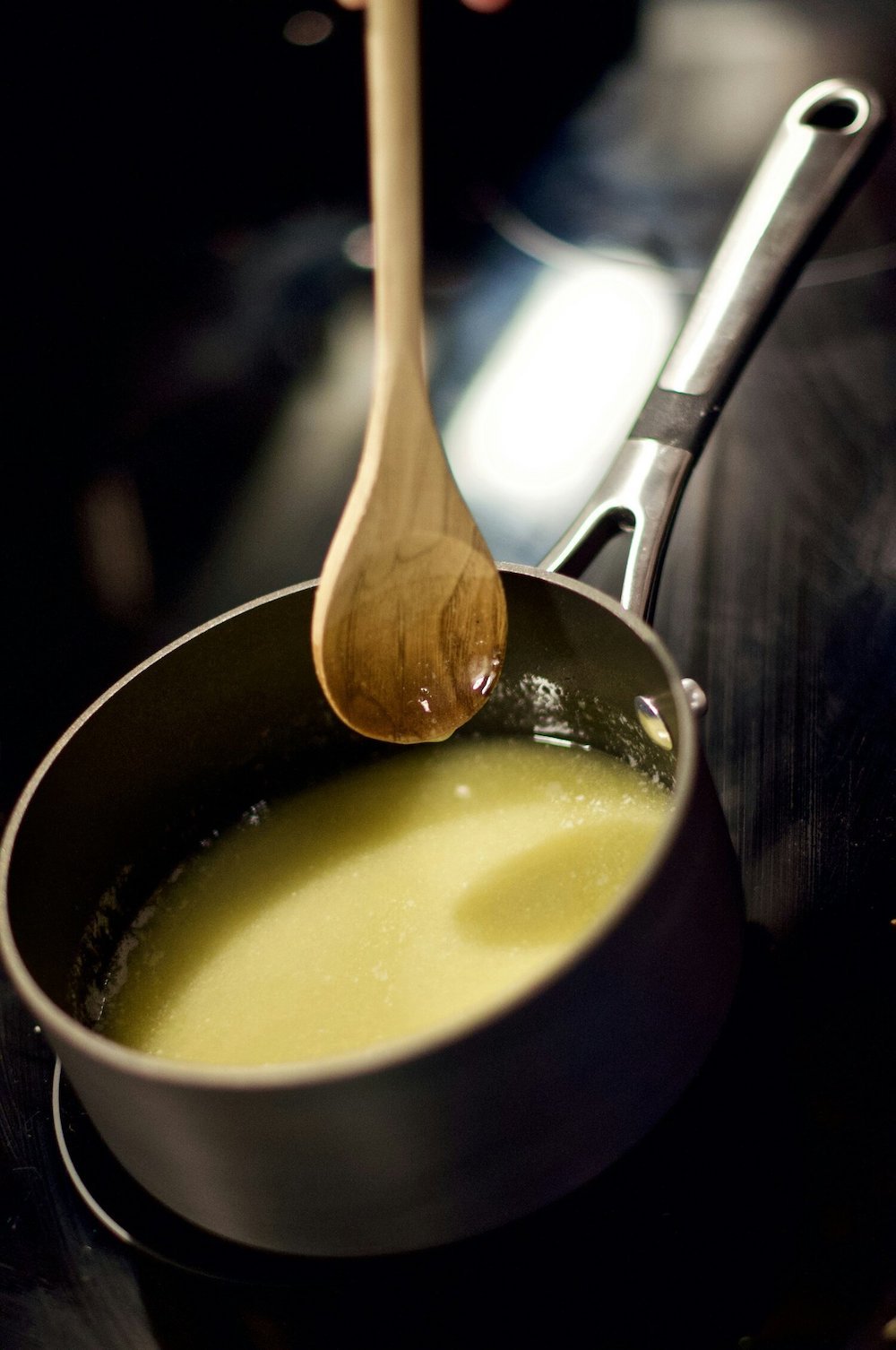Making Edibles for Beginners: Simple Steps to THC-Infused Treats
by Jeff Eckenrode, COO
Photo credit: Rai Vidanes
Combining the benefits of cannabis with delicious food is a hobby that anyone can enjoy!
Whether you’re baking your first batch of “special” brownies or dreaming of the perfect THC-rich chocolate sauce to complete your favorite dessert, cooking cannabis goodies can be as much fun as eating them!
But where does one get started?
Photo credit: Bryam Blanco
Unfortunately, infusing your favorite foods with THC is just a little more complicated than throwing some bud in a bowl with flour and sugar.
Luckily, baking with cannabis is not modern alchemy. In fact, it’s a straight-forward process that you can refine with a little practice and some tasty ingredients.
Today, we’re going to prepare you with everything you need to know to get started or to perfect your cannabis baking skills!
Photo credit: Margo Amala
Why can’t I just mix raw cannabis into my batter?
I mean, you could if you really wanted to ...
But it’s unlikely you would be happy with the results!
Photo credit: Len Mora
That’s because, in its natural, raw state, THC is inert. If you ate raw cannabis buds or mixed some in with your afternoon tea, you wouldn’t feel any of the effects you’re likely looking for!
So, how do we make the most out of the cannabis we use in our baking?
First, we have to “activate” the THC in cannabis by exposing it to heat. This process has a specific and fancy term called “decarboxylation".
Photo credit: Ty Finck
What’s THC “decarboxylation”?
In the simplest terms, when raw cannabis is exposed to heat or left to its own devices over a long period of time (like months or years), the THC in the plant undergoes a chemical reaction: decarboxylation.
If you've smoked weed or nibbled on an edible, then you're already familiar with activated THC and/or CBD that has gone through decarboxylation!
Photo credit: Elsa Olofsson
Decarboxylation is the chemical reaction that removes a “carboxyl” group (the “a” in THCA and CBDA) from the cannabinoid molecule. This changes the molecule from its inert, acidic form into an activated form.
Photo credit: Budding .
How do I “decarboxylate” my cannabis for cooking?
To prepare your cannabis for baking, you’ll want to break up your dried cannabis flowers with your fingers or a grinder.
Photo credit: Len Mora
Once your buds are broken up, place your ground cannabis on a baking sheet, and bake it in an oven at 220 degrees Fahrenheit (104 Celsius) for approximately 30 minutes.
Photo credit: Erik Mclean
Can I decarboxylate my flower faster at a higher temperature?
The short answer is no. If you crank up the heat in your oven to speed things up, the THC or CBD you’re trying to activate will boil off!
The result? You’re left with a baking sheet full of crispy weed, with little to none of the cannabinoids you were hoping to use!
So keep the temperature low, and let the oven go slow.
30 minutes at 220 degrees Fahrenheit will do the trick!
Photo credit: Dan Dennis
How can I infuse my own butter or oil with THC for baking?
Once your cannabis is ready to go, there’s one more step before it can be used in traditional baking recipes: infusing cannabis into a butter or oil-based medium.
Doing so allows you to add THC or CBD to almost anything: yogurt, honey, butter, coconut oil, flour, sugar, and more.
Photo credit: Fulvio Ciccolo
And the best part is: once you’ve infused your butter or oil with THC or CBD, you can use it again for future recipes!
It makes cooking with cannabis a breeze and greatly reduces the amount of time and effort needed to incorporate cannabis into your dishes or desserts.
How do I adjust the strength of my THC butter or oil?
In short, the more cannabis you use, the higher the potency of your edible will be. To help you figure out how much cannabis you should use, try this calculator by Veriheal! (link)
Using a scale is also a terrific idea for infusing your butter or oil. So if you have one around, it will come in handy with this step.
Photo credit: Budding .
A step-by-step guide to making cannabis butter for the first time
Cannabis infused butter or “cannabutter” has long been the favorite of cannabis chefs. So here are the steps you’ll need to prepare your very own at home!
Our personal favorite method uses a slow cooker with ground, decarboxylated cannabis flower and butter.
Add butter and cannabis to slow cooker
First, add the butter and ground, decarboxylated flower to your slow cooker, and set it on low for 2-3 hours to allow the cannabis to infuse with the butter.
Strain out ground cannabis
Once infused, you’ll want to strain out the leafy, green bits from your mixture (a cheesecloth or strainer is great for this step).
Photo credit: Jordane Mathieu
Cool and store infused butter in the refrigerator
Once strained, cool your cannabis butter in the fridge so it can set (doing so overnight is recommended).
Just like normal butter, you can store your cannabis butter in the fridge for weeks! Just keep in mind: cannabis butter does go bad over time.
To keep your butter as fresh and tasty as possible, place it in an airtight container or a Ziploc bag.
Photo credit: Clem Onojeghuo
Can I cook with my infused butter or oil?
You sure can!
Word from the wise, though: cooking or baking at high temperatures will boil off much of the THC/CBD you worked so hard to include in your butter or oil.
So make sure to stick to low baking and cooking temperatures for the very best results!
Photo credit: Edgar Castrejon
Did we answer all of your cannabis baking questions?
Let us know by commenting here or on our social media accounts!















